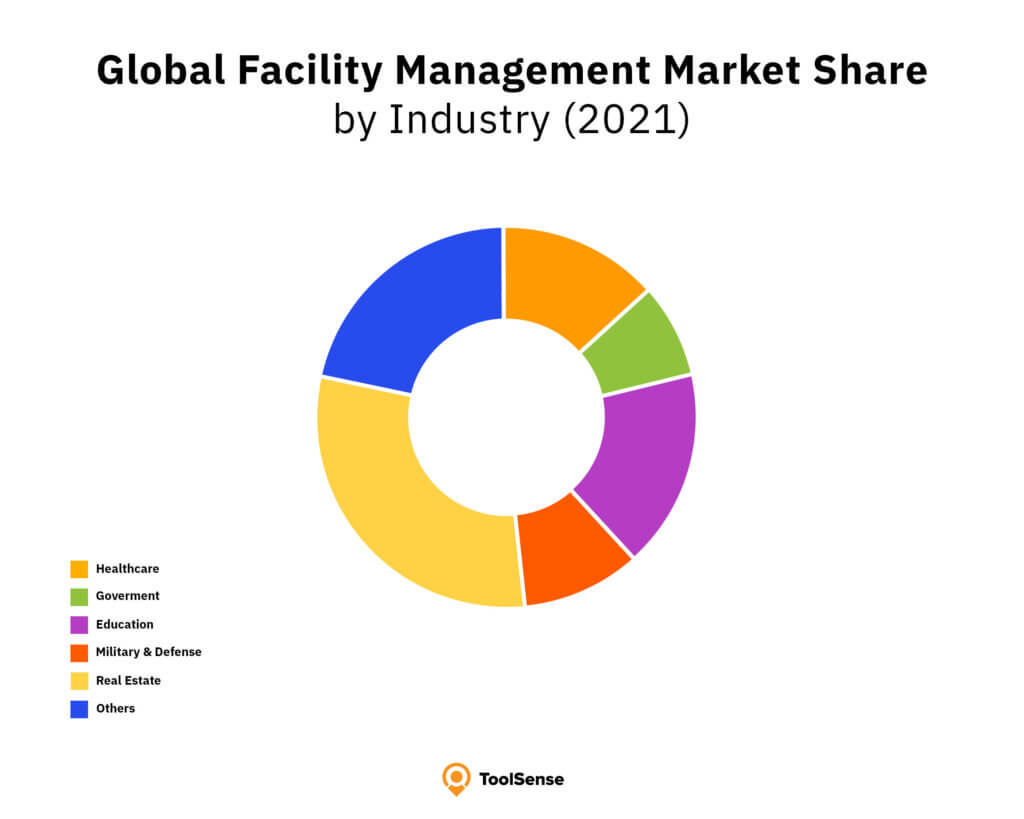Trick Trends Shaping the Future of Center Monitoring in 2024
As we look ahead to 2024, the landscape of facility administration is positioned for significant change, driven by numerous vital trends. The integration of wise structure technologies and a shift towards data-driven decision-making pledge to boost operational effectiveness while prioritizing sustainability in technique. In addition, the development of hybrid work models is improving office settings, requiring cutting-edge style options that satisfy advancing employee demands. Amid these changes, the focus on occupant health remains to obtain grip, highlighting the value of a healthy workplace. How these trends will certainly show up in method remains an important concern for market professionals.
Smart Building Technologies

Smart structure technologies incorporate a broad range of systems, including smart lighting, heating and cooling controls, and safety systems. By integrating these systems, facility supervisors can keep track of and change criteria in real-time, resulting in substantial decreases in energy waste and operational costs. Wise sensors can spot occupancy levels and readjust lights and temperature level appropriately, making certain that energy is only made use of when essential.
Moreover, these innovations assist in improved data collection, allowing organizations to track usage patterns and determine opportunities for more improvements. The application of smart structure modern technologies not just contributes to sustainability goals yet likewise produces healthier workplace that can boost staff member efficiency and fulfillment.
As we relocate into 2024, the adoption of wise building technologies will likely increase, showing a broader change towards even more intelligent, receptive, and sustainable center administration techniques.
Data-Driven Decision Making
Increasingly, companies are leveraging data-driven decision making to improve center administration practices. By using data analytics, center managers can obtain actionable understandings that considerably boost operational effectiveness and resource allowance. The integration of sophisticated modern technologies, such as IoT sensors and real-time surveillance systems, enables the collection of substantial amounts of information on structure performance, tenancy prices, and energy intake.
This wealth of details allows center supervisors to identify fads, predict maintenance demands, and proactively address problems prior to they rise. Predictive analytics can forecast devices failings, reducing downtime and repair work prices. In addition, data visualization tools promote far better communication amongst stakeholders, guaranteeing that informed choices are made collaboratively.
In addition, data-driven strategies boost tactical planning by enabling center managers to assess the effectiveness of current practices and make informed options regarding financial investments in technology or infrastructure. As companies increasingly prioritize functional quality, data-driven decision making is poised to end up being a foundation of successful center monitoring methods in 2024 and past. Eventually, the capability to utilize data effectively will equip companies to produce a lot more reliable, efficient, and durable centers.
Sustainability and Green Practices
The emphasis on data-driven choice making naturally aligns with the expanding concentrate on sustainability and eco-friendly practices within center monitoring. As companies increasingly prioritize ecological obligation, facility supervisors are leveraging analytics to enhance resource use, minimize waste, and reduce carbon footprints. This strategic strategy allows the integration of energy-efficient systems, such as LED lights, wise heating and cooling controls, and renewable power sources into center procedures.
In addition, the application of sustainable practices prolongs past power intake. Facility managers are adopting eco-friendly products and advertising reusing initiatives to produce a round economic climate within their facilities. This not only boosts the environmental account of the organization however also promotes a society of sustainability among staff members.
Compliance with environmental laws is one more vital element driving the fostering of environment-friendly practices. By using data analytics, center managers can check compliance metrics and identify areas for read renovation, guaranteeing adherence to local and worldwide sustainability criteria.
Hybrid Job Versions
A substantial shift in the direction of hybrid job designs is improving the landscape of facility monitoring in 2024. This standard integrates remote and in-office job, necessitating a reevaluation of area usage, source allotment, and worker engagement strategies. Organizations are significantly acknowledging the significance of adaptable workspaces that satisfy diverse needs and preferences.
Facility supervisors need to adjust by executing versatile office styles that support collective efforts while offering locations for concentrated work. This consists of the integration of innovation to assist in smooth communication and partnership amongst remote and in-office employees. Smart building remedies, furnished with sensing units and analytics, allow for real-time tracking of room usage, enabling organizations to enhance their settings effectively.
In addition, crossbreed job designs emphasize the demand for reliable facility administration that prioritizes employee experience. This encompasses not only modern technology and space design however also the development of policies that advertise a balanced work-life dynamic. As companies navigate this transition, the role of facility management becomes critical in producing a dexterous work environment that fosters productivity and drives business success. In significance, the hybrid work version is changing facility management, encouraging an aggressive technique to fulfill the evolving demands of the workforce.
Improved Owner Health
As companies welcome hybrid job designs, an increased concentrate on occupant health is coming to be essential to center monitoring techniques. Facility Management. This shift recognizes that a healthy and balanced and satisfied labor force directly affects efficiency and retention prices. Facility managers are currently prioritizing settings that advertise mental and physical health, integrating components such as natural lights, biophilic layout, and available wellness resources

Technology plays an important duty in this advancement. Smart structure systems can monitor environmental factors and adjust settings in real-time, making sure optimum comfort degrees - Facility Management. Comments systems, such as tenancy sensing units and staff member studies, enable facility managers to constantly fine-tune wellness campaigns based on passenger demands.

Verdict
In 2024, the future of center management will be considerably influenced by the integration of smart structure modern technologies and data-driven decision-making, cultivating enhanced operational performance. Sustainability initiatives will prioritize environment-friendly methods, while the emergence of hybrid work models will certainly require adaptable office designs. Additionally, a heightened emphasis on resident health via advanced HVAC systems and biophilic style will YOURURL.com add to healthier workplace. These trends collectively emphasize the progressing landscape of center administration in reaction to modern challenges and chances.
Center supervisors are advertising and embracing environment-friendly products recycling campaigns to produce a round economic situation within their facilities.A significant shift towards hybrid work versions is improving the landscape of facility monitoring in 2024.Moreover, hybrid job versions emphasize the requirement for efficient center management that prioritizes employee experience.As organizations welcome hybrid job models, an enhanced focus on resident wellness is ending up being essential Continue to center administration methods.In 2024, the future of center administration will be substantially affected by the assimilation of smart building innovations and data-driven decision-making, cultivating improved operational performance.